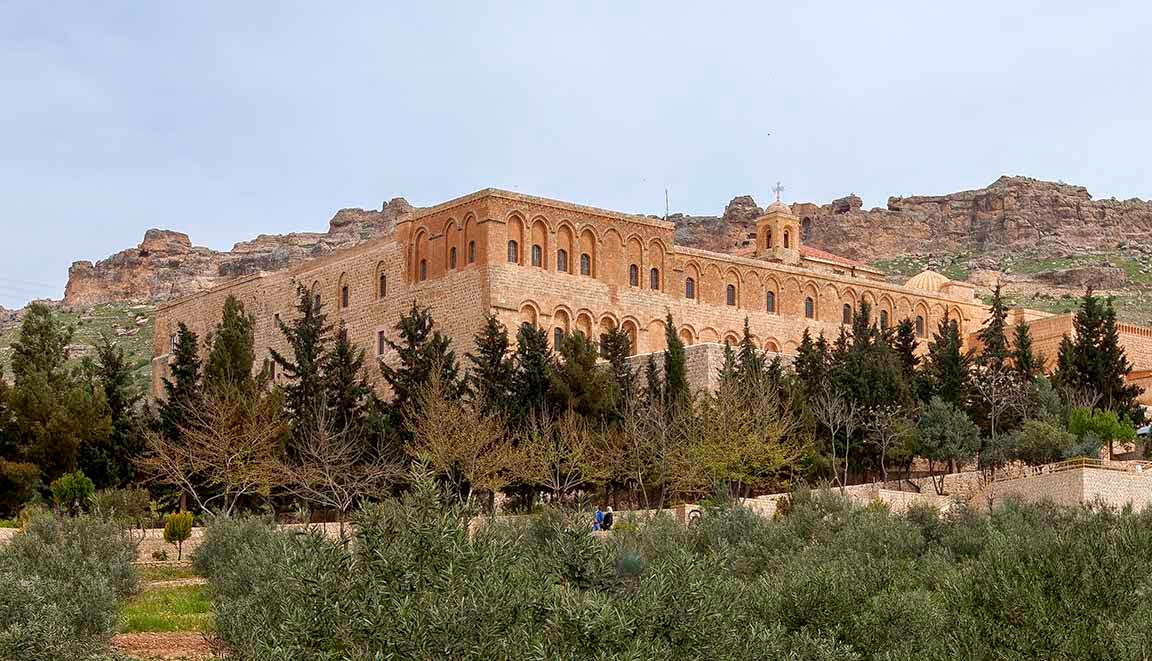Uzbekistan | Bukhara | Abdulaziz Madrassa
Abdulaziz Khan (r. 1645–1681), belonged to the Janid, or Ashtarkanid, dynasty which traced its line back to Tuqay Timur, the thirteenth son of Jochi, Chingis Khan’s oldest son. Abdulaziz was said to be the most corpulent man in Bukhara, if not the entire khanate. Reportedly a four-old child could fit in the top of one of his boots. According to one account:
A poet was daring enough to make this corpulence the butt of his wit. Abdulaziz heard of it, and sent for the satirist, who appeared before him trembling for his life. The prince addressed him in the following terms: “Oh Mullah, I am told that you have have composed a poem in ridicule of me; do not do the like to others or you may have reason to repent such conduct.” With that he presented him [the poet] with ten thousand dinars, and a robe of honor. The poet replied, ”Lord, better if you had me hewn into ten thousand pieces, than thus disgrace me with such magnanimity.”Indeed, the abashed poet left Bokhara and emigrated to India.
Abdulaziz himself wrote poetry of some import and composed hymns which gained considerable renown. Scholars had free access to him and he became the patrons of numerous calligraphers, one of which spent seven years at Abdulaziz’s expense making a copy of the works of the famous Persian Poet Hafiz. A supporter of the the Naqshbanidi Sect Of Sufis, whose namesake lived and was Buried Near Bukhara at what is now one the area’s most famous pilgrimage sites, he was famous for his devotion and piety. One commentator noted:
Daring in battle, calm in danger, Abdulaziz was often inaccessible for days to the impressions of the outer world. This was attributed by many to his practice of continued meditation; for the princes of Bukhara, who took part in bloody battles, and strove with their fathers and brothers for objects of worldly ambition, were obliged, by way of propitiating popular favor, to spend hours in the society of holy men, meditating on the greatness of God, and reflecting that all earthly activity is but mere trifling.
Abdulaziz built numerous mosques and madrassas, of which apparently the only remaining one is the Abdulaziz Madrassa, just east of Trade Dome #3.
Abdulaziz Madrassa (Enlargement)
Front of Abdulaziz Madrassa (Enlargement)
Front of Abdulaziz Madrassa
More detail of front of Abdulaziz Madrassa
More detail of front of Abdulaziz Madrassa (Enlargement)
One the hallways just inside the entrance to the madrassa
According to legend the visage of one of the Mongol rulers of Bukhara in the decades after Chingis Khan’s Invasion can be seen in the design just under the arch. When I was there I saw it right away. It seemed quiet obvious, but it is very hard to pick out in this photo or any other of the photos I took.
Looking straight up toward one of the cupolas near the front of the madrassa
Detail of the dome of the cupola (Enlargement)
Entrance to a meditation chamber at the rear of the madrassa. Sufis traditionally did 40-day solitary retreats on this chamber.
Interior of the meditation chamber. Interesting to speculate that Abdulaziz himself meditated in this room.
Soviet-era carpet for sale in the courtyard of the Madrassa. Enlargement
The Madrassa at night (Enlargement especially for a mes)















